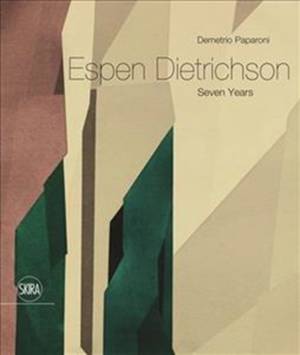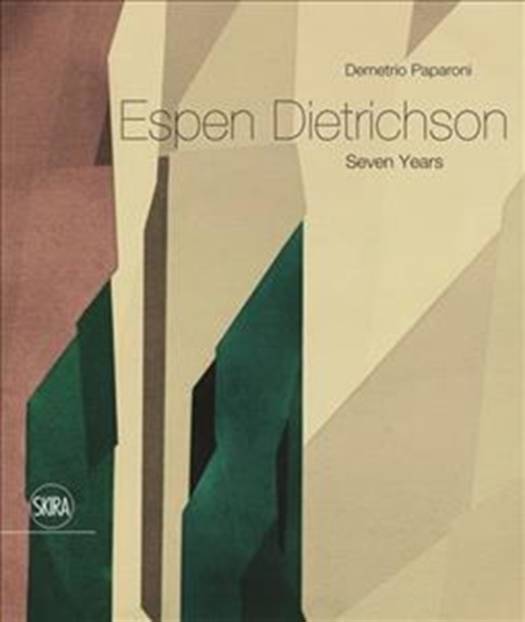
- Afhalen na 1 uur in een winkel met voorraad
- Gratis thuislevering in België vanaf € 30
- Ruim aanbod met 7 miljoen producten
- Afhalen na 1 uur in een winkel met voorraad
- Gratis thuislevering in België vanaf € 30
- Ruim aanbod met 7 miljoen producten
Zoeken
Omschrijving
The starting point for Dietrichson’s works is architecture but detached from scale and human scale. The artist’s interest is the spatial, the angular, geometric. Shapes create utopian imagery in the form of either sculpture, watercolor or silkscreens of levitating building elements or sculptures and installations in public spaces. However, the expression is closely linked and characterized by being made in the same gesture with a pervasive form language characterized by precision in workmanship and material sensibility. They are in the transition between the tight and the limitless, between dream and function, between repetition and difference.
The book’s editor is the art historian Demetrio Paparoni, which also contributes an indebt-essay on Dietrichson’s works. Also, in a lengthy interview with editor and art historian Katya Tylevich, we get a personal and present knowledge of several aspects of the artist, while the curator of the Haugar Art Museum, Tone Lyngstad Nyaas, contributing with a text that about geometry, abstraction, metaphysics and utopia in an arthistorian context. The book is divided into four chapters, with a brief, introductory text. Art historian Øivind Storm Bjerke writes about Dietrichsons watercolors, curator Karl Olav Segrov Mortensen about sculptures, and writer Maria Moseng about the silkscreens, while the art critic Arve Rød is writing about the artists public art projects, focusing on Våler Church as the artist adorned out in 2015.
The book’s editor is the art historian Demetrio Paparoni, which also contributes an indebt-essay on Dietrichson’s works. Also, in a lengthy interview with editor and art historian Katya Tylevich, we get a personal and present knowledge of several aspects of the artist, while the curator of the Haugar Art Museum, Tone Lyngstad Nyaas, contributing with a text that about geometry, abstraction, metaphysics and utopia in an arthistorian context. The book is divided into four chapters, with a brief, introductory text. Art historian Øivind Storm Bjerke writes about Dietrichsons watercolors, curator Karl Olav Segrov Mortensen about sculptures, and writer Maria Moseng about the silkscreens, while the art critic Arve Rød is writing about the artists public art projects, focusing on Våler Church as the artist adorned out in 2015.
Specificaties
Betrokkenen
- Auteur(s):
- Uitgeverij:
Inhoud
- Aantal bladzijden:
- 152
- Taal:
- Engels
- Geïllustreerd:
- Ja
Eigenschappen
- Productcode (EAN):
- 9788857238180
- Verschijningsdatum:
- 30/10/2018
- Uitvoering:
- Hardcover
- Afmetingen:
- 245 mm x 292 mm
- Gewicht:
- 1176 g

Alleen bij Standaard Boekhandel
+ 89 punten op je klantenkaart van Standaard Boekhandel
Beoordelingen
We publiceren alleen reviews die voldoen aan de voorwaarden voor reviews. Bekijk onze voorwaarden voor reviews.











